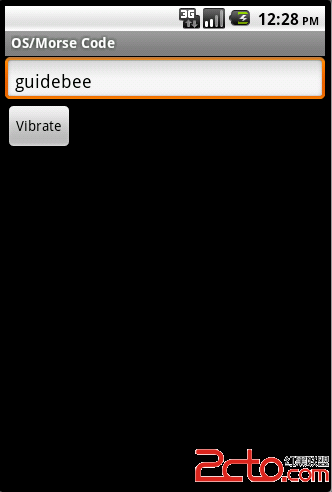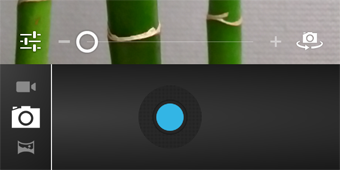ListView控件在android中控件类中,算是比较复杂的一种,其实现一般包含以下几个部分
1)数据的准备
2)构建适配器
3)显示数据
在使用ListVIew这个控件时,我发现好多人都出现了这样的问题"your content must have a listview whose id attribute is"android.R.id.List”错误,
然后好多网友给出的答案就是,在.xml中 android:id="@+id/list" 改为 android:id="@+id/android:list“
其实并不一定是这样的错误。首先要区别采用的是何种使用ListView方法。ListView的控件有两种使用方法,
一、使用android内部的ListView【以一个例子来说明】
1.主.xml文件 【注意红色部分】
<LinearLayout xmlns:android="http://schemas.android.com/apk/res/android"
xmlns:tools="http://schemas.android.com/tools"
android:layout_width="match_parent"
android:layout_height="match_parent"
tools:context=".MainActivity"
android:orientation="vertical">
<ListView
android:id="@+id/android:list"
android:layout_height="wrap_content"
android:layout_width="fill_parent"
android:drawSelectorOnTop="false"
android:scrollbars="vertical"
></ListView>
</LinearLayout>
2.ListView显示的内容.xml
<LinearLayout xmlns:android="http://schemas.android.com/apk/res/android"
android:id="@+id/linelayout"
android:layout_height="wrap_content"
android:layout_width="fill_parent"
android:orientation="horizontal">
<TextView
android:id="@+id/key"
android:layout_height="wrap_content"
android:layout_width="wrap_content"
android:textColor="#aa0000"
/>
<TextView
android:id="@+id/value"
android:layout_height="wrap_content"
android:layout_width="wrap_content"
/>
</LinearLayout>
3.java文件
继承了ListActivity类,而不是Activity类
public class MainActivity extends ListActivity {
protected void onCreate(Bundle savedInstanceState) {
super.onCreate(savedInstanceState);
setContentView(R.layout.activity_main);
//注意此处 没有用findViewById来取得ListView控件的id
//创建hashmap型数据
ArrayList<HashMap<String,String>> mylist=new ArrayList<HashMap<String,String>>();
HashMap<String,String> map1=new HashMap<String,String>();
HashMap<String,String> map2=new HashMap<String,String>();
map1.put("key", "张三");
map1.put("value", "学生");
map2.put("key", "李四");
map2.put("value", "老师");
mylist.add(map1);
mylist.add(map2);
//构建适配器
SimpleAdapter listAdapter=new SimpleAdapter(this,mylist,R.layout.hashmap,
new String[]{"key","value"},new int[]{R.id.key,R.id.value});
//适配器中的数据时如何传递到ListView的,
setListAdapter(listAdapter);
}
二、自定义ListView
1.主xml文件
与上面只有一处区别
android:id="@+id/list"
2.listview的布局文件: 同上
3.java文件
protected void onCreate(Bundle savedInstanceState) {
super.onCreate(savedInstanceState);
setContentView(R.layout.activity_main);
listview=(ListView)findViewById(R.id.list);
ArrayList<HashMap<String,String>> mylist=new ArrayList<HashMap<String,String>>();
HashMap<String,String> map1=new HashMap<String,String>();
HashMap<String,String> map2=new HashMap<String,String>();
map1.put("key", "张三");
map1.put("value", "学生");
map2.put("key", "李四");
map2.put("value", "老师");
mylist.add(map1);
mylist.add(map2);
SimpleAdapter listAdapter=new SimpleAdapter(this,mylist,R.layout.hashmap,
new String[]{"key","value"},new int[]{R.id.key,R.id.value});
//listview这个对象添加setAdapter对象
listview.setAdapter(listAdapter);





